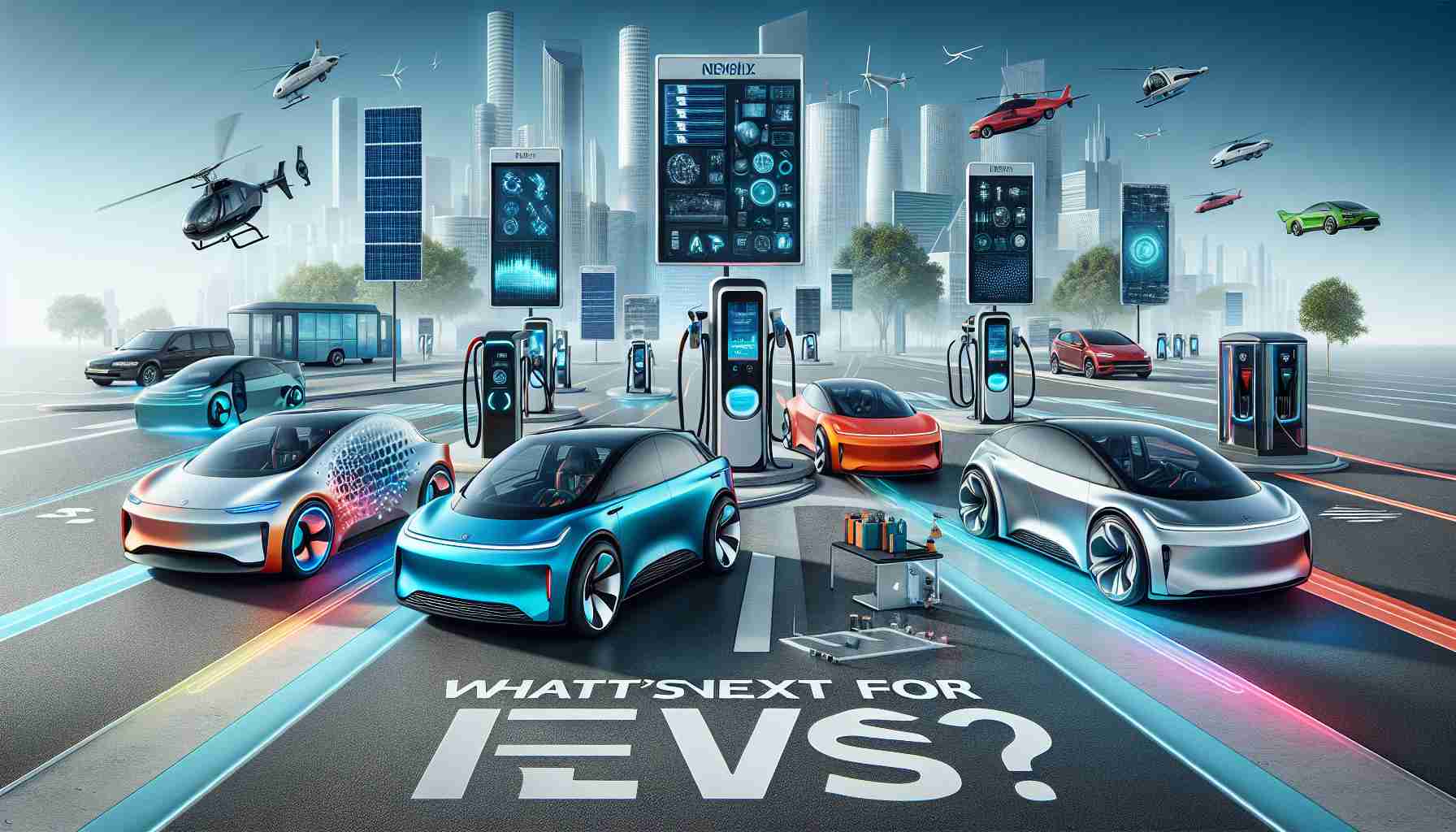The electric vehicle (EV) industry is on the cusp of a new revolution. Recent advancements in technology have paved the way for groundbreaking developments that could redefine the future of transportation.
Ultrafast Charging: One of the biggest hurdles for EV adoption has been long charging times. However, new ultrafast charging technology promises to shorten this drastically. Companies like StoreDot and Tesla are spearheading innovations that could charge EV batteries in under 10 minutes, making pit stops as swift as those for gasoline cars.
Wireless Charging Roads: Imagine roads that charge your car as you drive. This concept could soon become a reality with several pilot projects underway in Germany, Sweden, and Israel. Such technology promises a seamless driving experience, especially for delivery fleets and public transport vehicles, extending their range dynamically.
Second-Life Batteries: As EV adoption increases, so does the need for sustainable battery disposal. The concept of “second-life” batteries is gaining traction. These batteries can be repurposed for energy storage in homes and businesses, providing a sustainable solution to a growing problem.
V2G Technology: Vehicle-to-Grid (V2G) technology allows EVs not only to consume energy but also to feed it back into the grid. This can stabilize energy supply during peak times and reduce electricity costs for owners, while promoting the use of renewable energy.
These innovations are not just improvements; they represent a transformation in how we think about mobility. The future of EVs is not just about getting from point A to B but creating a sustainable and efficient transport ecosystem.
The Dawn of Electric Mobility: Shaping a Sustainable Future
The electrification of vehicles is not merely a shift from gasoline to electric power but a transformation with far-reaching implications for our environment, society, and economy. With innovations like ultrafast charging, wireless charging roads, second-life batteries, and Vehicle-to-Grid (V2G) technology, the electric vehicle (EV) industry is poised to play a pivotal role in shaping a sustainable future.
One remarkable innovation is the development of ultrafast charging technology, which aims to reduce EV charging times to under 10 minutes. This breakthrough significantly affects the adoption of electric vehicles, making them more appealing to consumers accustomed to the quick refueling of traditional gasoline cars. Ultrafast charging not only accelerates the shift to electric mobility but also mitigates range anxiety—a common concern among potential EV buyers.
The environmental impact of ultrafast charging is profound. By easing the transition from fossil fuel-based vehicles to electric ones, this technology contributes to a substantial reduction in greenhouse gas emissions. As transport accounts for a significant portion of global carbon emissions, the widespread adoption of EVs can play a crucial role in combating climate change. This shift helps preserve natural ecosystems, reduce air pollution, and improve public health.
Moreover, ultrafast charging technology stimulates economic growth by creating demand for new infrastructure, manufacturing, and maintenance services. It opens opportunities for innovation and investment in clean energy technologies, potentially leading to job creation and technological advancements.
Looking to the future, the adoption of ultrafast charging aligns humanity with the broader objective of achieving sustainable development goals. As nations push for cleaner and more efficient energy solutions, the EV industry could inspire sectors to embrace sustainable practices. It serves as a testament to human ingenuity in solving complex challenges through innovation, paving the way for cleaner cities and a better quality of life everywhere.
In this evolving landscape, the success of ultrafast charging and other EV technologies emphasizes the importance of integrating sustainable practices into everyday life. By embracing these advancements, humanity can not only ensure a cleaner planet but also inspire future generations to build on this legacy of sustainability and innovation.
A Glimpse into the Futuristic Land of Electric Vehicles
The electric vehicle (EV) industry is embarking on a transformative path with innovations that promise to redefine transportation. As these developments unfold, they are not only enhancing the efficiency of EVs but also introducing new paradigms in mobility.
Trend: Ultrafast Charging and Beyond
The introduction of ultrafast charging technology marks a pivotal advancement for EVs. Companies like StoreDot and Tesla are at the forefront, working on solutions that could fully charge EV batteries in under 10 minutes. This shift could make EV charging stations as convenient and quick as traditional fuel stations. As infrastructure continues to evolve, the integration of smart grid systems could synchronize demand and supply, reducing strain on electrical networks.
Innovations: From Charging Roads to V2G
Wireless charging roads are an exciting new concept being trialed in Germany, Sweden, and Israel. These roads can dynamically charge vehicles, offering a seamless driving experience, especially for long-haul transport and logistics. Similarly, Vehicle-to-Grid (V2G) technology is poised to revolutionize energy distribution by allowing EVs to return surplus energy to the grid. This integration can enhance grid resiliency, particularly during peak usage periods.
Environmental Impact: Second-Life Batteries
Sustainability is a prevailing theme in the EV industry. As the number of electric vehicles on the road increases, second-life batteries present a sustainable alternative to disposal. Repurposing these batteries for energy storage in residential and commercial settings not only extends their lifespan but also contributes to a more circular economy. This approach aids in resource conservation and reduces the ecological footprint of battery production.
Market Analysis and Future Predictions
The EV market is projected to expand exponentially in the coming years. With governments across the globe setting ambitious targets to phase out internal combustion engines, the demand for EVs and associated technologies will soar. The industry is expected to see further innovations, including enhanced battery chemistries, advanced autonomous driving features, and improved vehicle aesthetics and performance.
From ultrafast charging to intelligent energy solutions like V2G, each development propels us closer to a more sustainable and efficient future. With constant advancements, the EV industry is not just transforming transportation but is also providing a viable path towards a greener planet.
For more in-depth information on these topics, consider visiting the official websites of StoreDot and Tesla for the latest news and breakthroughs in EV technology.









